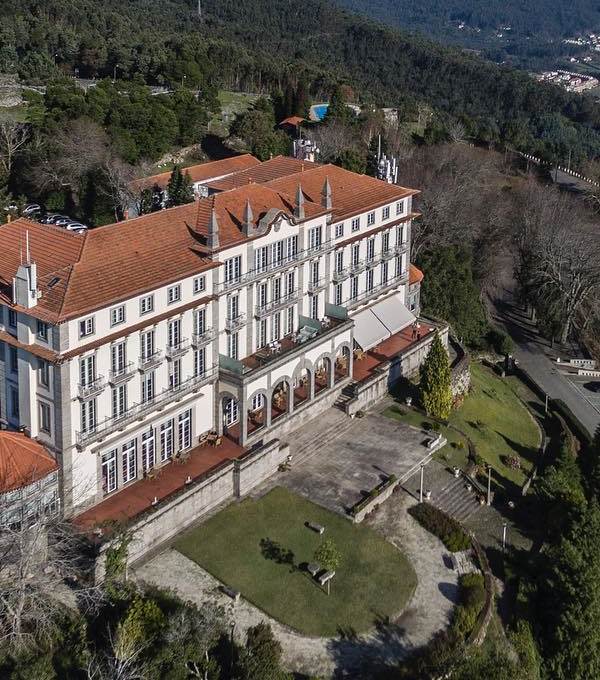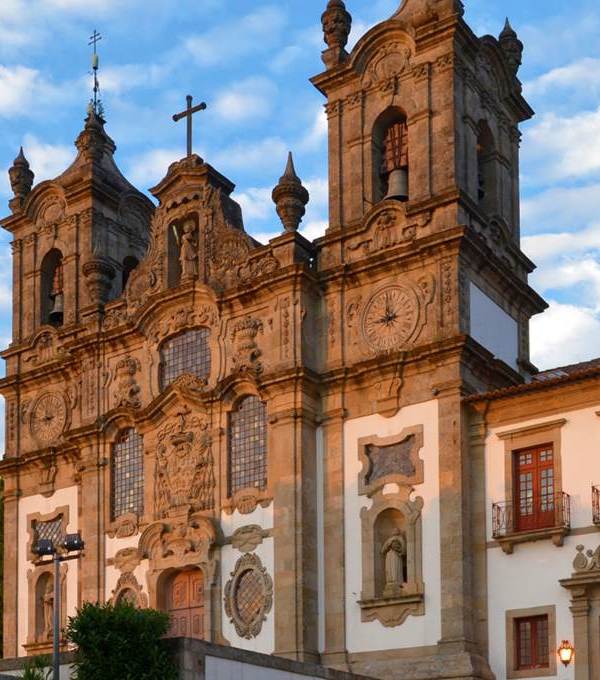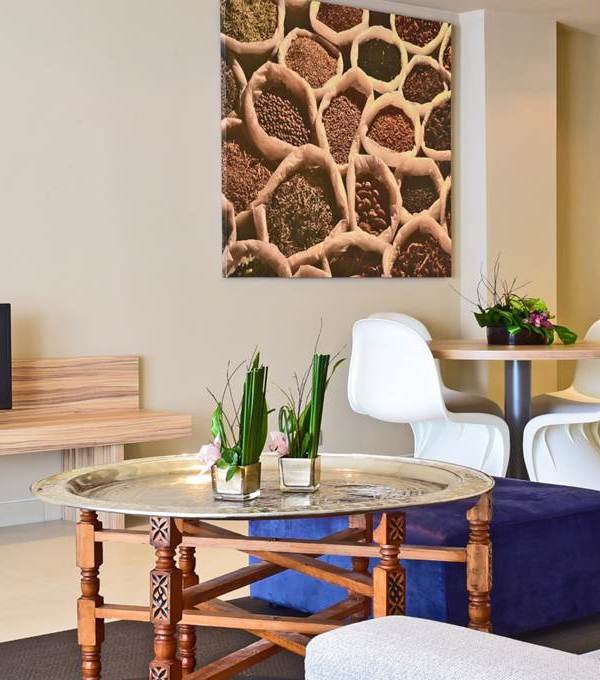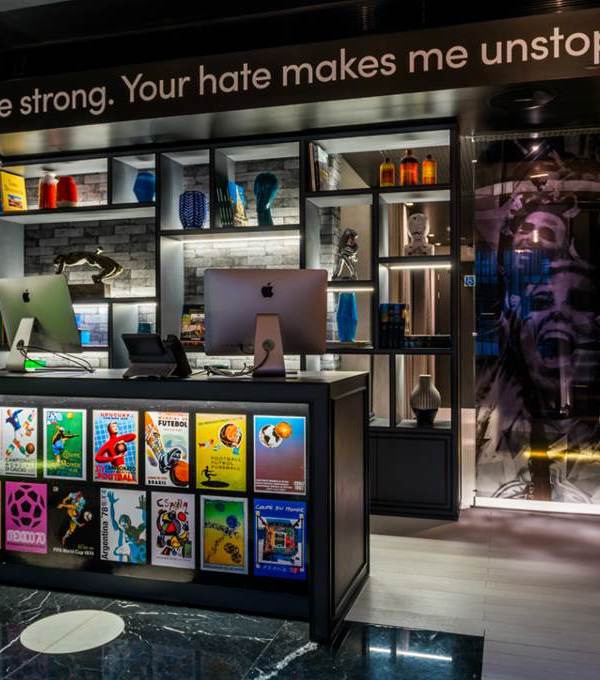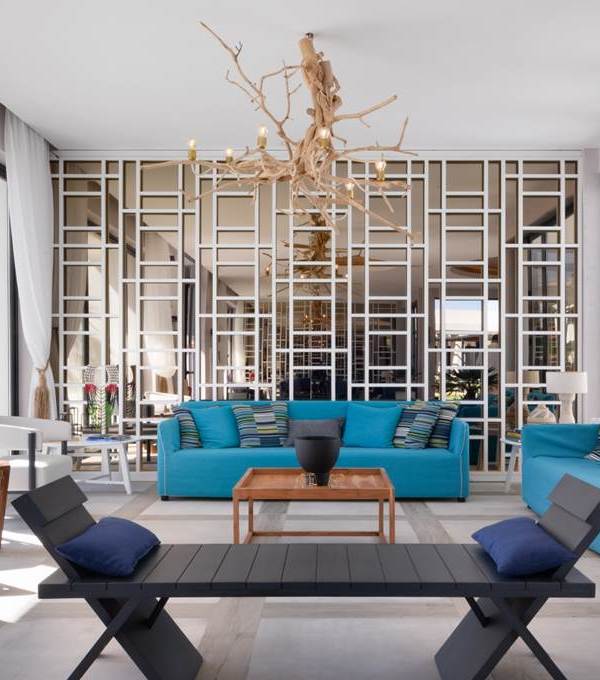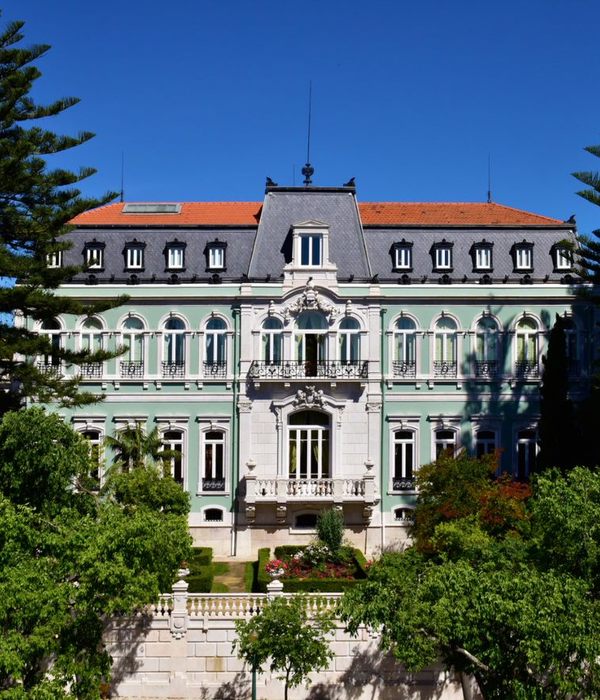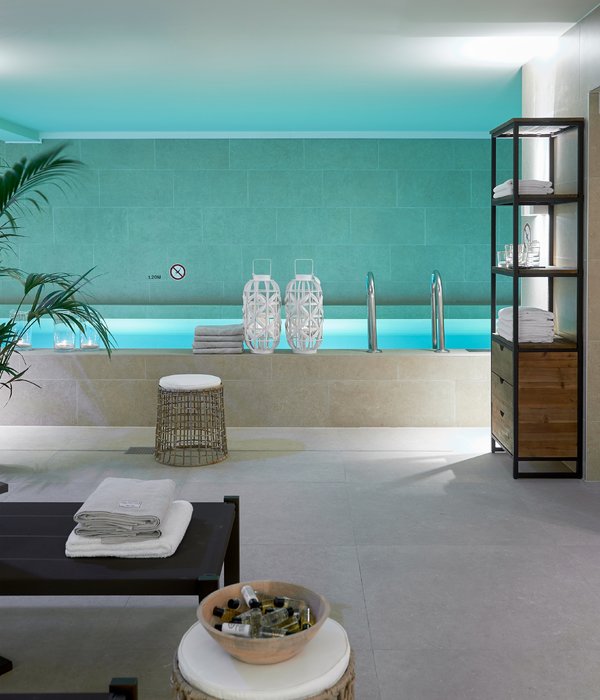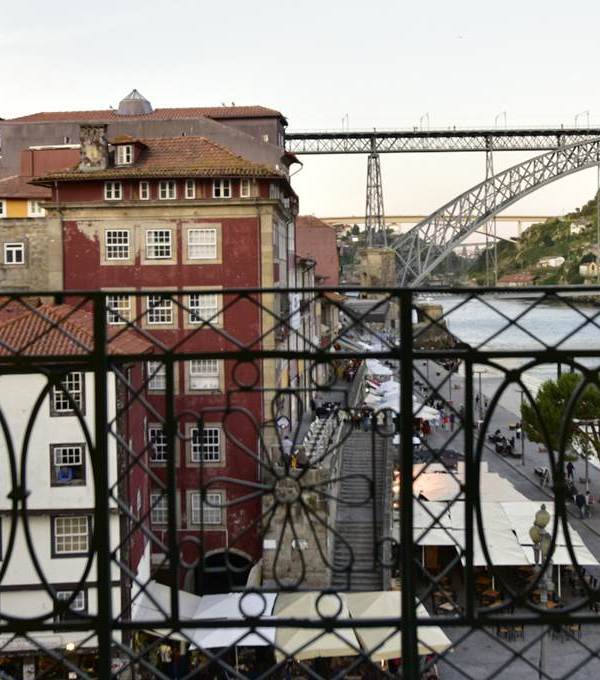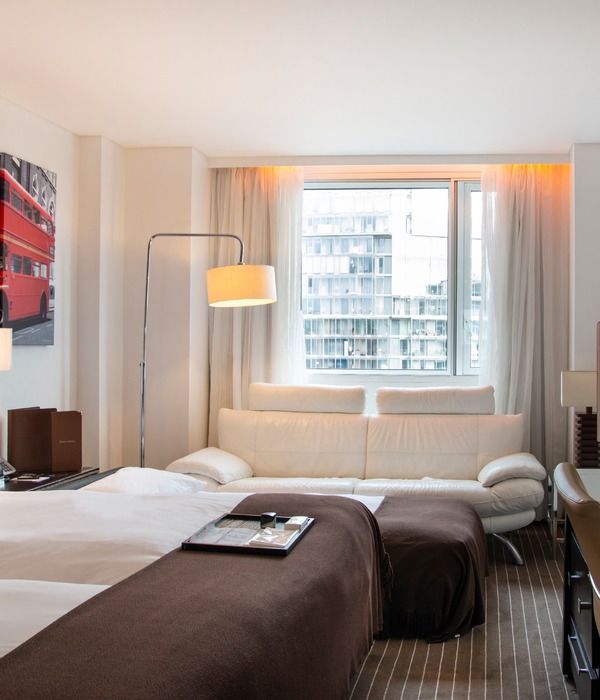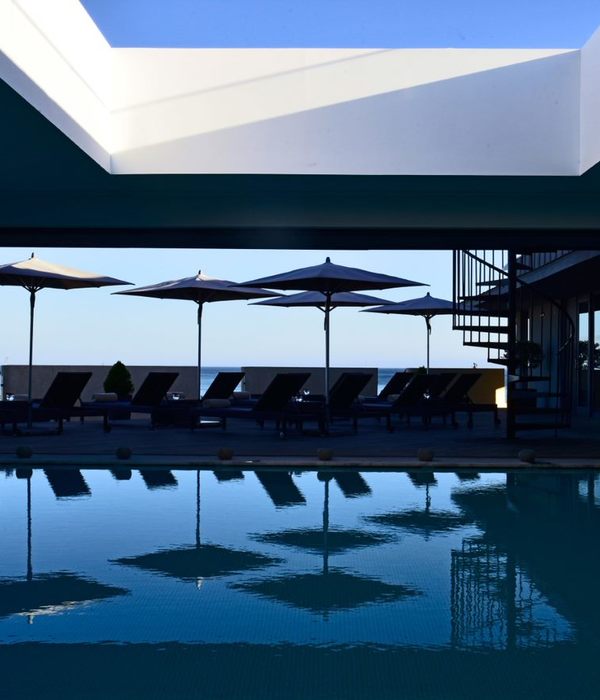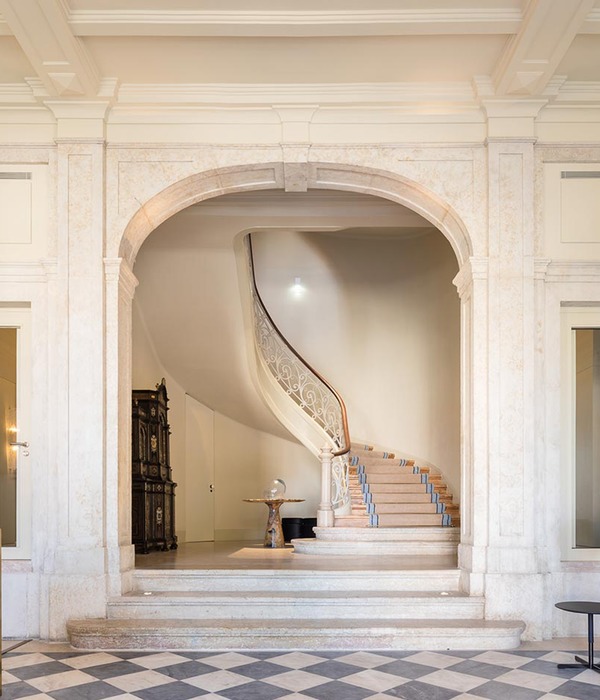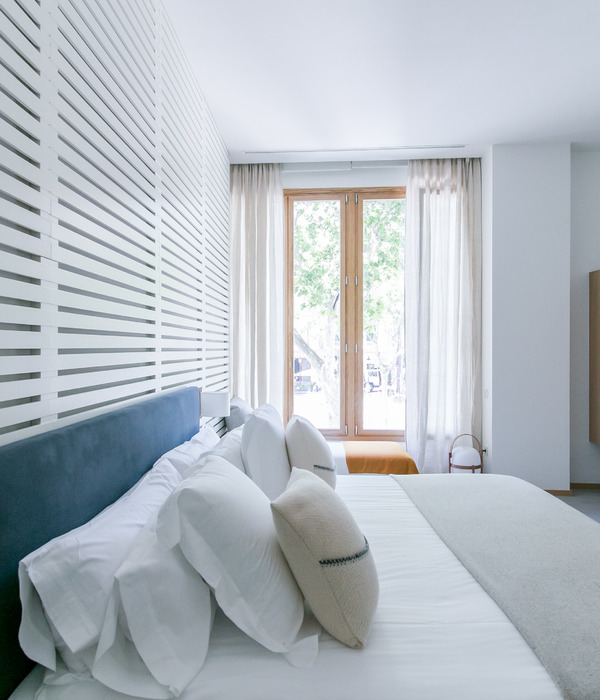Architects:OHLAB
Area :2500 m²
Year :2019
Photographs :José Hevia
Manufacturers : AutoDesk, Dornbracht, Agape, Inbani, FontiniAutoDesk
Lead Architects :Jaime Oliver, Paloma Hernáiz
Design Team : Jaime Oliver, Paloma Hernáiz, Rebeca Lavín, Silvia Morais, Laura Colomer, Amaia Barazar, Manuela Sánchez, Lara Ortega, Eusebiu Spac, Tomislav Konjevod, Eleni Oikonomaki, Katerina Kotsampasi, Nikola Kozhuharov, Stela Dineva, Rosa Fuentes, Joana Aguilera, Amalia Stavropoulou
Clients : Mikael Hall
Structure : Hima Estructuras
Engineering : Ingenio consultores
Landscaping : Salva Cañís
Masterplan : OHLAB
Acoustic : Tafor Consulting
Archaeologist : Elvira González
Artistic Work : Pedro Oliver
Graphic Design : Studio Roses
City : Palma
Country : Spain
Can Bordoy -Grand House & Garden- is a small 24 room hotel with a magnificent garden, swimming pool, spa and panoramic terrace, located in the historic center of Palma de Mallorca. It is a complete renovation of a 2,500m2 abandoned building that had been heavily intervened throughout it’s more than 500 years of history. One of the most distinctive elements of the property is its garden, not only because of its size but because of the richness and antiquity of the existing vegetation. One of the project’s most important interventions has been opening the doors of the garden, until now unknown by the vast majority, to the city and giving it visibility from the entrance courtyard and from the street.
The proposed program is intended to evoke the experience of visiting a house more than a hotel. Therefore, rather than being at hotel reception, the clients meet at the entrance hall of the house, instead of a restaurant we find a residential dining room, the rooms, and living rooms are like those you would find in an old house, etc. The project carefully preserves the romantic and decadent atmosphere found in the building and is deliberately contrasted with interventions and elements from different epochs. It is a respectful intervention with the existing centenary architectural crossbreeding, maintaining the traces of the past and avoiding a false recovery of a glorious past that the house has never had.
Inspired by the traditional Japanese technique of Kintsugi - the art of repairing broken antique porcelain with a precious material, such as gold dust, and thus obtaining a repaired piece that does not hide the fracture and whose result is a piece that may have even more value than the ceramic before breaking- the project doesn´t pretend to hide the heterodox eclecticism of the existing building, but instead conciliate and celebrate the different layers of history and clearly highlight the new interventions that have been necessary to give the house its new use.
A series of architectural strategies were designed and developed throughout the building as a collection of theatrical and distinctive contemporary interventions in dialogue with the existing building. Large velvet curtains disguise the new bathrooms in the rooms creating a scenography where the bathroom happens to be the new set; instead of hiding this new element its use is celebrated. On the ground floor, a green corridor of vegetation invades the dining rooms connecting the garden with the courtyard and the street.
In the main staircase, the skylight is flooded with water becoming a small pool with a transparent bottom that creates a play of light through the water, flooding the staircase with caustic reflections… The furniture is a very important part of the project. The eclecticism of the architecture is reflected in the selection of furniture with pieces from very different eras and origins. Antiquarian pieces coexist with contemporary furniture carefully selected and with bespoke furniture designed by OHLAB specifically for Can Bordoy as a collection of beds and bars.
▼项目更多图片
{{item.text_origin}}

